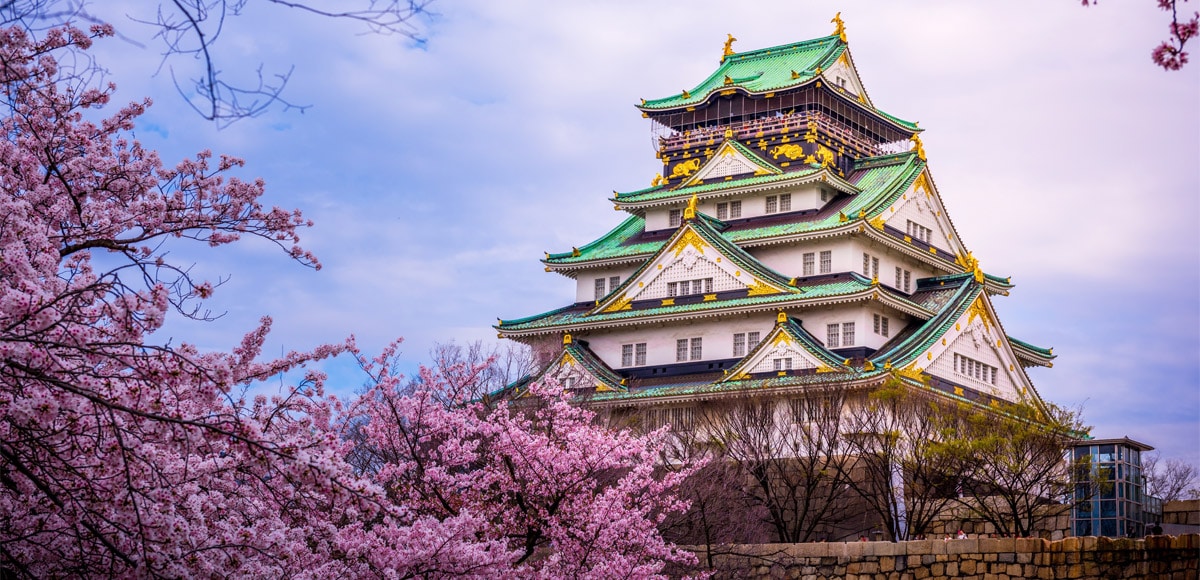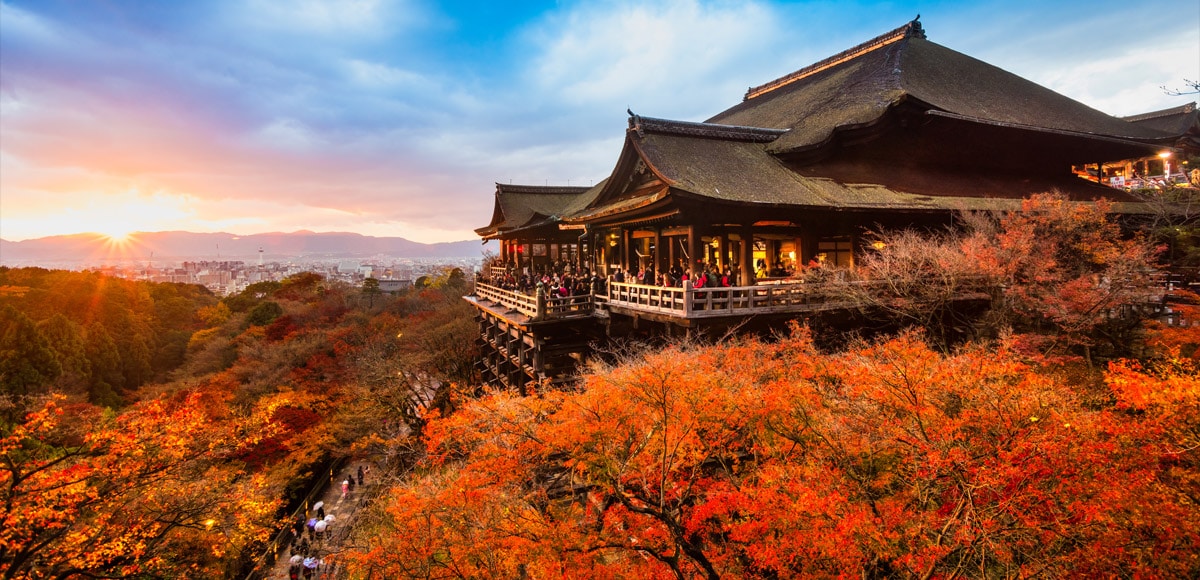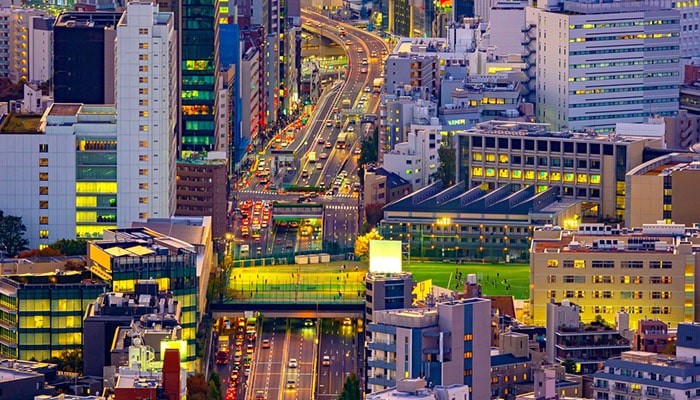Tokyo is a place where you find a new experience around every corner. It’s a fast and furious mix of style, culture and quirkiness. Gaze in admiration or take a step back in time walking along cobbled streets. Immerse yourself in pop culture, sit back and enjoy the delicious cuisine that’s on offer or get some serious retail therapy in one of its malls. There are a myriad of different things to do in Tokyo but if you’re still looking for inspiration we’ve put together a list of our top 10 Tokyo attractions.
10. Tokyo Central Railway Station
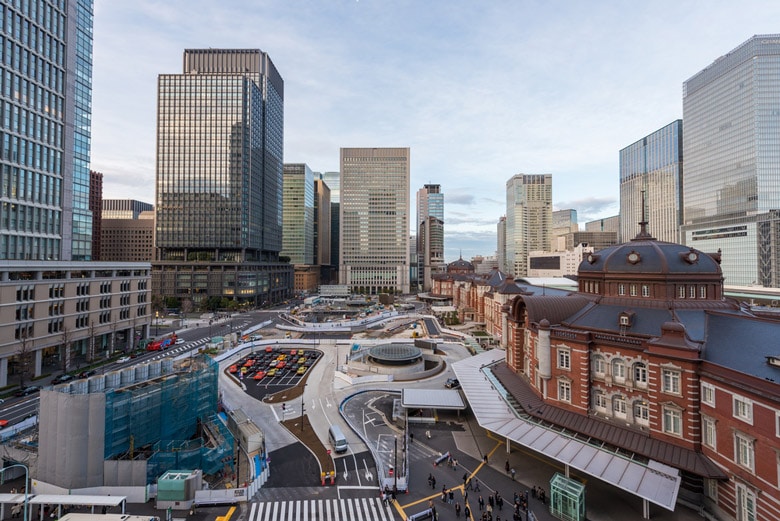
This is not the only change that has been made to the station recently; it has also seen three brand new skyscrapers and an array of retail opportunities added. The result is an impressive complex that definitely should be added to your list if you’re looking for attractions in Tokyo.
9. Samurai Museum
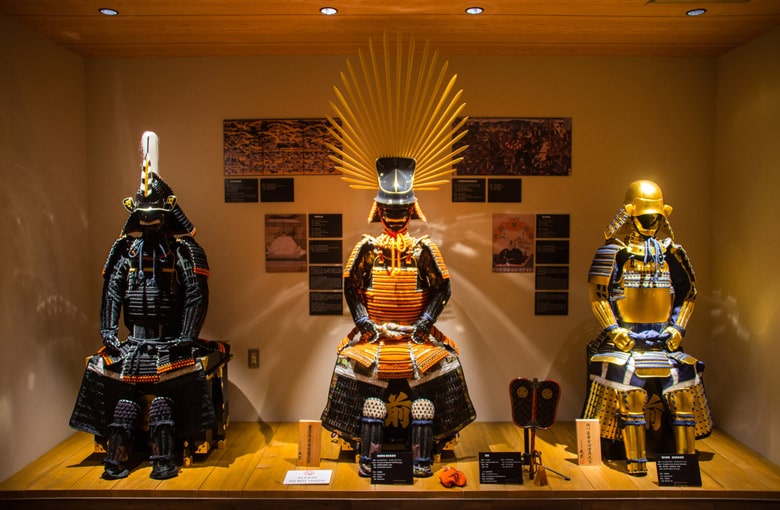
Tokyo is a very modern place; it’s full of style and cool architecture. In the midst of this environment it’s refreshing to find a venue that’s dedicated to the fascinating history of the country. Most people will be familiar with the Samurai warriors; the Japanese warriors in existence for more than 700 years. Well, this museum opened in 2015, in Shinjuku, to honor these warriors. Enter the museum and you enter the world of the Samurai. This is an impressive collection of costumes, swords, guns and all of the other equipment and dress that was associated with the Samurai Warriors. The museum collection is spread across two floors and is intended not just to educate visitors about the history of the Samurai but also to give them a real sense of what it was like to be one of these fascinating warriors. The most fun and exciting part of a trip to this museum is getting the chance to dress in full Samurai costume. Now that’s a photo opportunity you don’t want to miss!
8. Chidorigafuchi
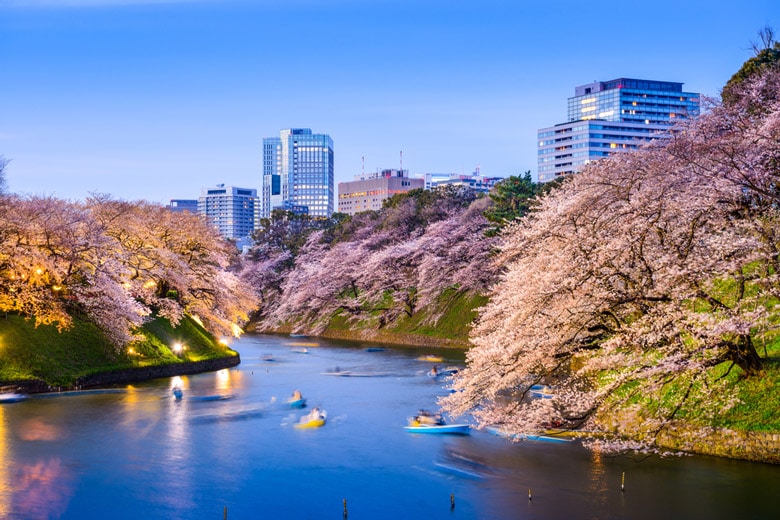
7. Tokyo Skytree
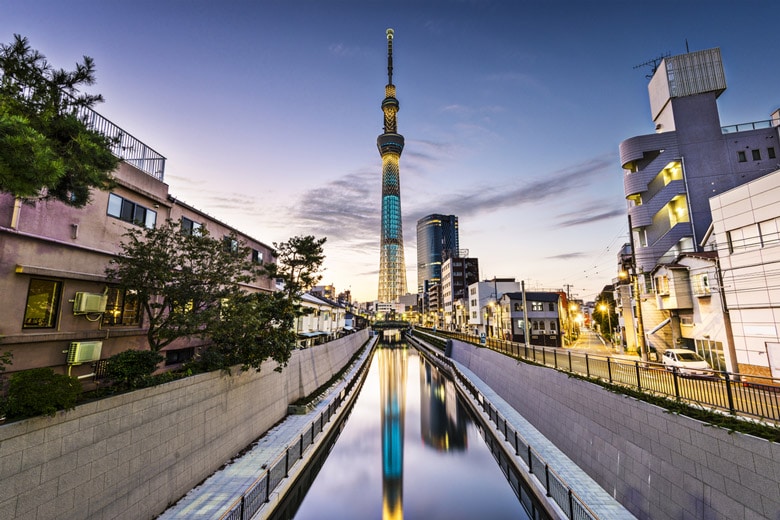
You really can’t miss the Tokyo Skytree if you pay a visit to the Japanese capital. It’s the tallest tower in the world. The tower was completed in 2012 and was built primarily to provide radio and TV broadcast signals. The signals from the previous tower were not reaching the entire city due to the number of skyscrapers that were being built as the structures disrupted the signals. The new tower was deliberately built at the height of 2,080 feet to counteract this problem. The tower wasn’t built by on its own though; it stands at the center of a large commercial development which is known as Tokyo Skytree Town. The development includes an array of retail outlets as well as a large aquarium. If you’re wondering what to do in Tokyo, then you should head to the Tokyo Skytree and make your way to one of the two observation decks which are located at 1,148 feet and 1,476 feet. The view from either of these decks is spectacular as you look out across Tokyo. On the lower of the two decks you can also shop for souvenirs or enjoy a meal in the restaurant.
6. Odaiba
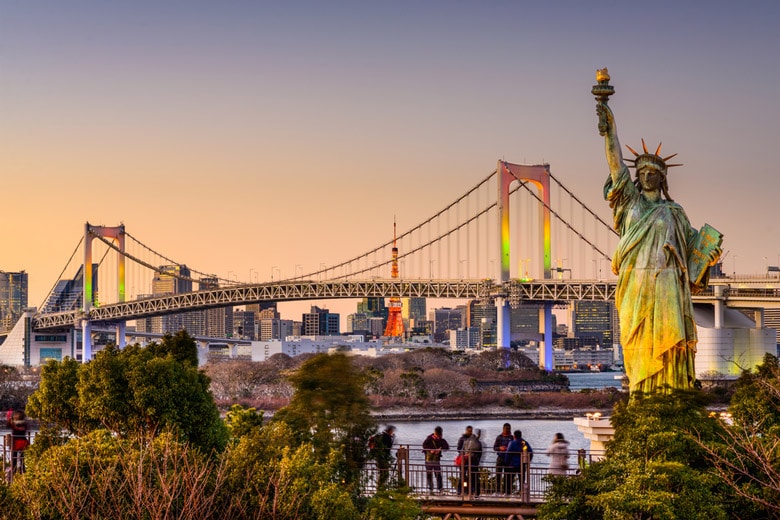
Odaiba is an area of Tokyo that has seen its popularity with tourists rise dramatically. It’s an artificial island that is linked to the center of Tokyo by the Rainbow Bridge. Its waterfront location is one that offers great views out across the water, and when you visit the area you can also take to the water on a water bus. This is an excellent way of getting a different view of Tokyo and feeling the refreshing breeze across Tokyo Bay. Once you’re back on dry land you can do some serious shopping at the many retail outlets located in Odaiba. You can also take a break for some refreshment at one of the enticing restaurants.
It’s hard to believe that Odaiba was originally built as a means of defense as far back as the 1850s because today it looks so different. It only really began its current life as a growing residential, commercial and leisure area as recently as the 1990s. It’s certainly become an impressive and much visited Tokyo attraction in the intervening years.
5. Ueno Park
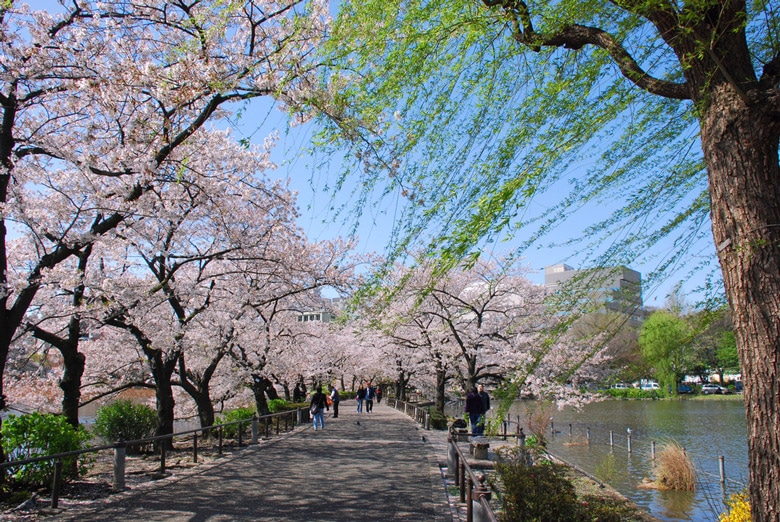
The Shinobazu Pond in the park is home to Bentendo. This is a temple hall which is dedicated to the goddess of Benten. Be sure to take a look at the pond and temple hall then wander into one of the many museums that are located in the park, including the Tokyo National Museum, the Tokyo Metropolitan Art Museum and the National Science Museum. The park is also home to Ueno Zoo which is popular with families visiting the area. Visit the park between late March and early April and you should be lucky enough to see the pristine blossoms of more than 1,000 cherry trees.
4. Senso-ji Temple
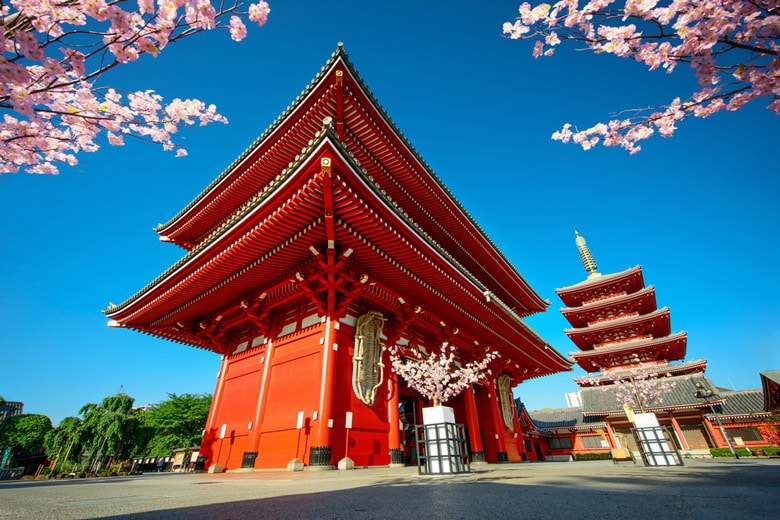
Look for the window inside the temple that portrays the legend behind the temple. It’s a nice story involving two fishermen!
3. Asakusa
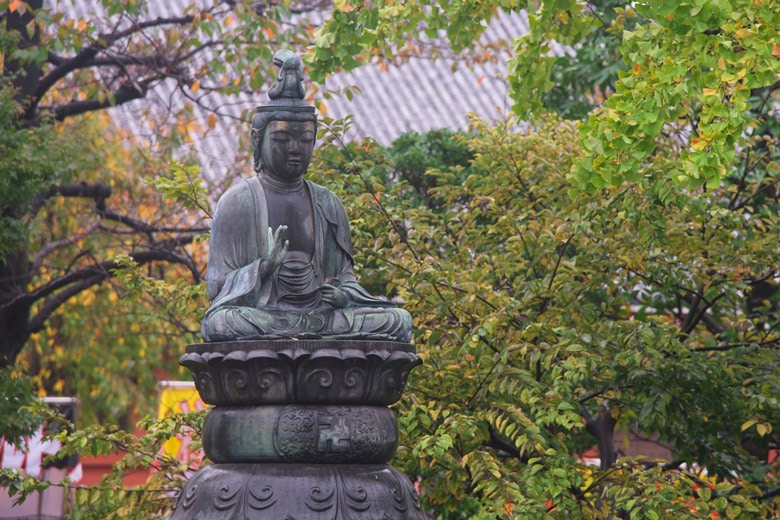
Asakusa is the area of Tokyo where you can find the famous Senso-ji Temple but it’s also home to several other temples and it’s where many festivals are held each year. Asakusa has a long history from when it first became an area of entertainment, back in the Edo era. The area kept its entertainment face throughout most of the 20th century and was especially well-known as the home of many theaters. The area was partly destroyed during World War II and never regained its role as a pleasure and entertainment district. Today, Asakusa is the place to go in Tokyo if you want to see temples. There are so many of these religious buildings in the area that you’re also likely to see the celebration of many religious festivals if you visit. The largest festival, which attracts the most visitors, is the Sanja Matsuri which takes place in May.
Asakusa is today home to some of the oldest buildings in the city which date from the 1950s and 1960s. This may not seem especially old, but bear in mind that most of the earlier architecture was destroyed during World War II and these older buildings still make a noticeable contrast to the skyscrapers which dominate the landscape of Tokyo today. This is why Asakusa is often on visitors’ lists of what to do in Tokyo.
2. Meiji Jingu

1. Shinjuku Gyoen National Garden
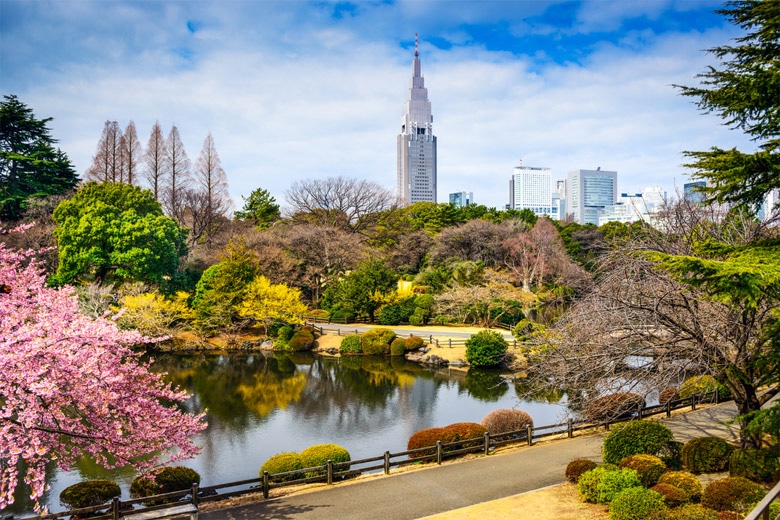
If you’re looking for things to do in Tokyo, then why not visit one of the largest parks in the area? Shinjuku Gyoen is a place where you can go to stroll along the paths or just sit and relax; it’s a tranquil oasis in the hubbub of everyday Tokyo, and it is one of the best places in the city to see the beautiful cherry blossoms in bloom if you’re visiting Tokyo from late March to early April.
The park was first created during the Edo Period, although at the time it was a private residence. As with much of the Japanese capital, the park was almost totally destroyed during World War II. After it was rebuilt it opened as a public park, in 1949. If you walk through the park today you’ll see different types of garden from the very traditional Japanese gardens with a landscape including pavilions, to the French garden and the English garden. Each of the gardens has something completely different to offer to visitors and each is very beautiful in its own right. A visit to this Tokyo attraction is certainly a welcome break from the city streets and a chance to experience the calmer side to this amazing city.

